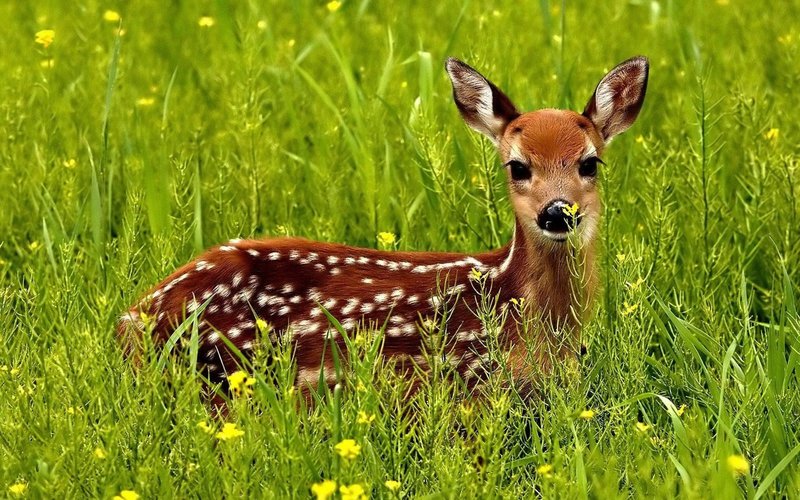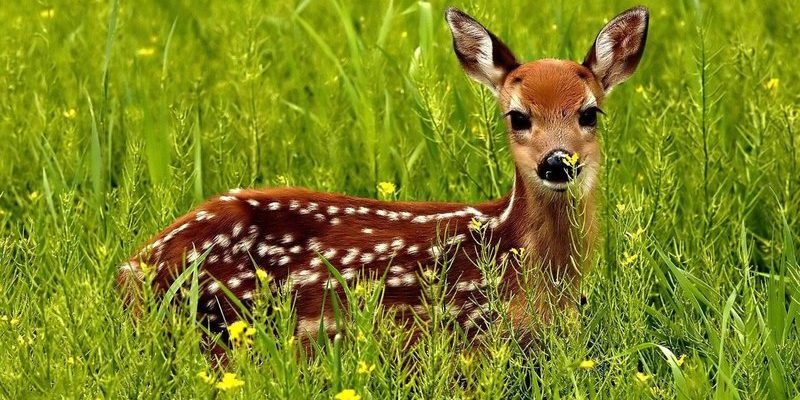
Let’s dive into the heart of the matter, exploring the plight of red deer and the conservation efforts surrounding them. It’s like peeling back the layers of an onion; as we learn more, the situation becomes clearer, and we can see what really needs to be done for these animals. So, grab your coffee, and let’s explore red deer today!
What Are Red Deer?
Red deer are some of the largest deer species in the world. With their impressive antlers and striking reddish-brown coats, they truly are a sight to behold. These animals can weigh up to 500 pounds and stand over 4 feet tall at the shoulder. They’re often found in open forests, grasslands, and even moorlands. Their habitat stretches across Europe, parts of Asia, and even the Americas, thanks to successful introduction programs.
What sets red deer apart is their social nature. They often live in herds, especially during the mating season, which is known as the rut. The males, or stags, become quite vocal, engaging in deep bellows that echo through the forests. This time of year can be quite a spectacle, as they display their impressive antlers and engage in friendly sparring matches with other males to win over females.
Understanding Their Conservation Status
Now, let’s tackle the pressing question: *Are red deer endangered?* The good news is that red deer are not currently classified as endangered. According to the International Union for Conservation of Nature (IUCN), they are listed as “Least Concern.” This doesn’t mean they’re free from worries, though. While their population is stable in many areas, local threats can still put pressure on their numbers.
You see, red deer faces a range of challenges that can impact their survival. Habitat loss due to urban development, agriculture, and deforestation are significant concerns. Additionally, hunting and poaching can pose risks, especially in places where regulations aren’t strict. Here’s the thing: while they’re not endangered overall, certain subpopulations face greater threats due to these factors.
Conservation Efforts in Action
With various risks looming, conservationists have stepped in to support red deer populations. Many countries have established protected areas and national parks where red deer can thrive without the threat of habitat destruction. For example, in Scotland, a robust management plan helps maintain red deer populations while balancing the needs of local farmers and landowners.
In some regions, efforts also include regulating hunting practices to prevent over-harvesting. This involves setting quotas and seasons to ensure that red deer can reproduce effectively. It’s like giving them a fighting chance by controlling when and how hunters can engage with these magnificent animals. Such measures are critical to maintaining population levels and ensuring genetic diversity.
The Role of Red Deer in Their Ecosystem
Red deer aren’t just pretty faces in the forest; they play a vital role in their ecosystem. As herbivores, they help maintain plant growth by grazing on grasses, shrubs, and young trees. This grazing encourages new plant growth and provides habitats for other wildlife. Without red deer, you’d start to notice some imbalances in the ecosystem.
Moreover, they serve as prey for larger predators like wolves and bears. This predator-prey relationship is essential for keeping the ecosystem healthy. If red deer populations become too low, it can throw off the entire food chain, affecting everything from vegetation to other animal populations. It’s a delicate dance of nature that relies on keeping red deer populations stable.
Challenges Facing Red Deer Conservation
While there’s plenty of good news about red deer, we can’t ignore the challenges they face. Climate change is a significant hurdle that impacts their habitats. Changes in temperature and weather patterns can affect the availability of food sources and breeding grounds. For instance, warmer winters might mean less snow cover, making it harder for deer to find forage.
Another challenge is human-wildlife conflict. In areas where red deer populations are high, they may wander into farmlands, causing damage to crops and fencing. This can lead to tensions between landowners and conservationists. It’s a complicated issue because both sides have valid concerns. Farmers want to protect their livelihoods, while conservationists aim to protect the deer.
How You Can Help Red Deer
Feeling inspired? There are several ways you can contribute to red deer conservation efforts, even from a distance. Supporting local wildlife organizations that focus on habitat preservation is a great start. These groups often run campaigns to raise awareness and fund vital conservation projects.
You might also consider volunteering for wildlife conservation initiatives. There are various programs that offer hands-on opportunities to assist in research or habitat restoration. Not only will you gain valuable experience, but you’ll also play a role in preserving these magnificent creatures for future generations.
Moreover, educating others about red deer and their conservation status can make a big difference. Sharing what you learn can instigate conversations and raise awareness about the challenges they face. Remember, every little bit counts!
Final Thoughts
So, where do we stand with red deer? While they aren’t endangered, it’s evident that proactive conservation efforts are crucial to ensure their continued survival. Like a well-balanced ecosystem, protecting red deer means protecting our natural world as a whole.
Every action we take, whether big or small, can make a difference. So, let’s keep raising awareness, supporting conservation efforts, and appreciating the beauty of red deer in our forests. They truly are wonders of nature, and it’s our responsibility to ensure they remain part of our world for years to come.

